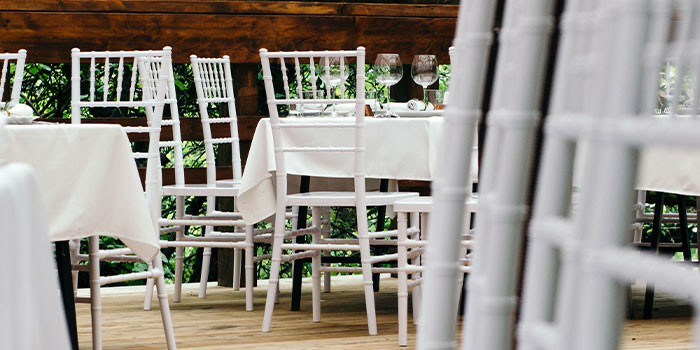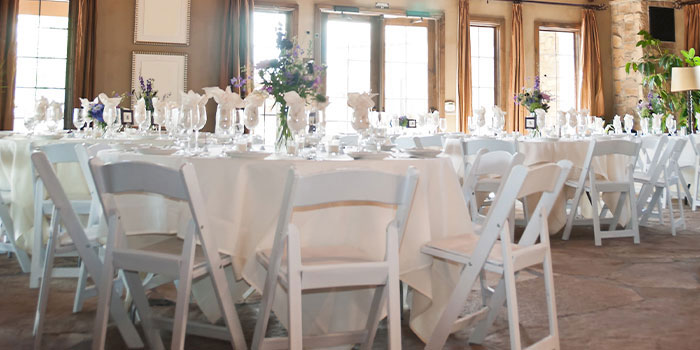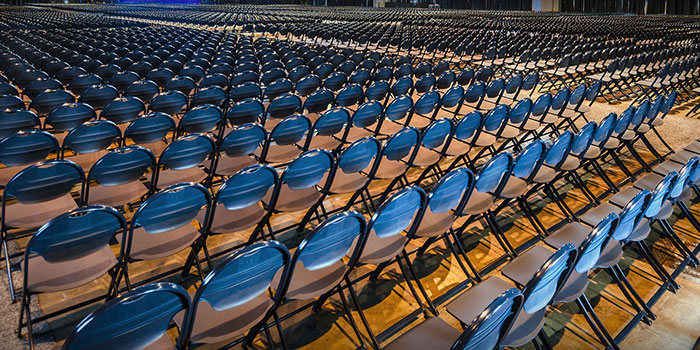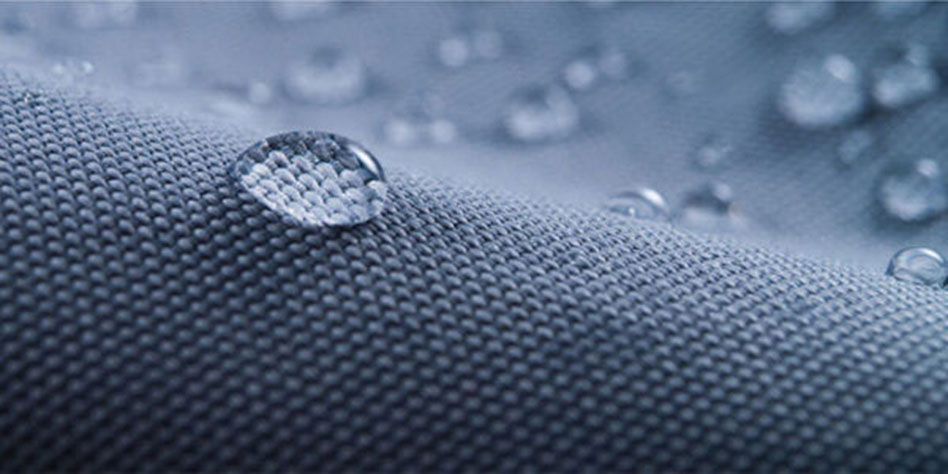
Just like the clothing you wear, chair upholstery needs to be washed. Doing some regular, light cleaning is the best way to keep your chairs looking nice.
Here you will find detailed instructions for how to clean upholstery fabric types used on MityLite chairs.
Disinfect Chair Upholstery to Prevent the Spread of Germs
Are you worried about minimizing the spread of bacteria and viruses at your events? EPA-registered disinfettanti that meet the criteria for use against SARS can also be used to sanitize fabric and prevent the spread of the coronavirus and other contagious illnesses.
The Centers for Disease Control recommends using the following products to sanitize chairs and tables in public areas.
- Asepticare™
- Candeggina 1:10 (candeggina 10%)
- Spray disinfettante Bleach-Rite®
- CaviCide™
- CaviCide1™
- Clorox® Healthcare Detergente germicida con candeggina
- Spray disinfettante detergente al perossido di idrogeno Clorox®
- Diversey™ Avert® Detergente disinfettante sporicida
- Il detergente multisuperficie Clean & Fresh di Lysol
- Oxivir® 1 RTU
- Oxivir® TBC
- Detergente disinfettante quotidiano OxyCide™
- Virex II 256
How to Clean Olefin Fabric (including Sherpa & Shire Fabrics)
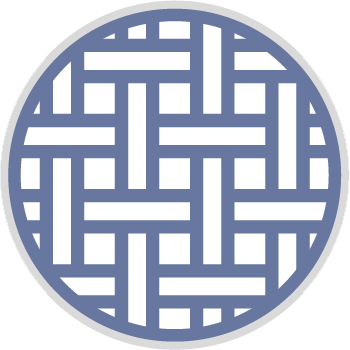
Per i rivestimenti Sherpa e Shire (e altri tessuti olefinici 100%), si consiglia il seguente trattamento disinfettante per disinfettare da germi e virus, anche contro il coronavirus (COVID-19).
Utilizzare una candeggina domestica (che include 5.25% o 6.00%–6.15% ipoclorito di sodio depending on the manufacturer label) diluted in water at a Rapporto di diluizione 1:10, which is 1,5 tazze di candeggina in 1 litro d'acqua. The use of bleach on Sherpa and Shire olefin fabric will not have a harmful effect and the recommended treatments will not void the warranty. However, it is still recommended to test the cleaning solution in an inconspicuous area first before using it throughout.
Prepare the solution fresh before each use, as bleach is sensitive to light. Also, note that bleach expires one year after production, and it can lose efficacy if not stored properly.
Remove organic soil and bulk spill matter prior to disinfecting. Disinfection requires a recommended wet contact time of 10 minuti per essere efficace. Ricorda che le soluzioni di cloro sono corrosive e possono bucare il metallo e danneggiare la pelle.
Non mescolare mai la candeggina con prodotti contenenti ammoniaca o acidi.
How to Clean 100% Polyester Upholstery & Polyester Blends
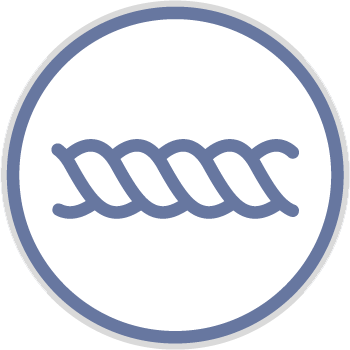
When cleaning upholstery that is manufactured with 100% polyester or polyester blends, it’s best to use hydrogen peroxide products.
We recommend using something like Clorox® Hydrogen Peroxide Cleaner & Disinfectant. This product, which is available as both a spray (for fabrics) and a wipe (for hard surfaces), will kill pathogens on both hard and soft surfaces and can eliminate bacteria and viruses in 30 seconds. This industrial-grade cleaner can be applied to a variety of fabrics, including those that are 100% polyester. This cleaner has no volatile organic compounds (VOCs), harsh fumes, bleach, or added fragrance, and the active ingredient, hydrogen peroxide, breaks down into water and oxygen upon use. Tuttavia, si consiglia comunque di testare prima la soluzione detergente su un'area piccola e nascosta.
Tieni presente che i tessuti in poliestere e misto poliestere sono sensibili agli effetti della candeggina. UN Soluzione di candeggina 3% (1/3 di tazza di candeggina per 1 litro di acqua) is the highest concentration that can be used, but it cannot be guaranteed that long-term use of a bleach solution will not pose a problem.
Another recommended product for cleaning upholstery is Lysol® Clean & Fresh Multi-Surface Cleaner, which is also EPA-registered for its virus-fighting abilities and kills 99.9% of viruses and bacteria. However, the active ingredient, alchil dimetil benzil ammonio cloruro, è stato implicato in vari effetti avversi sulla salute, quindi ti consigliamo di evitare il contatto con la pelle, l'inalazione o l'ingestione accidentale.
Come con tutti i detergenti potenti, tenere lontano dalla portata dei bambini, applicare solo in aree ben ventilate e lavare le superfici con acqua pulita dopo l'uso.
How to Clean Crypton & Nanotex Fabric
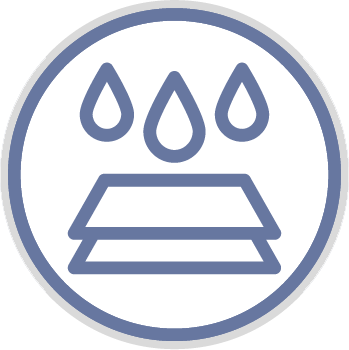
Nanotex and Crypton fabrics are multi-tiered materials with antimicrobial and stain-resistant technology and an integrated, permanent liquid barrier. Crypton’s patented moisture barrier is proven to prevent solids and liquids from permeating to the cushion below. This makes Crypton fabric one of the easiest upholstery fabrics to clean.
However, it is possible for a surface to appear clean but not be disinfected. Crypton recommends using their EPA-approved Disinfectant & Deodorizer on Crypton Barrier Fabrics. This formula is engineered for high-use, high-abuse settings. This is a one-step disinfectant cleaner that is effective against a broad spectrum of bacteria, viruses, mold, mildew, and fungus.
Best of all, this disinfectant is effective in preventing the spread of bacteria and viruses.
Per disinfettare e pulire a fondo il tessuto, attenersi alla seguente procedura:
- Remove spills with an absorbent cloth or paper towel. If necessary, clean heavily soiled areas with soap and water.
- Remove excess moisture and soap via vacuum or by wiping with a clean, dry cloth. Remove all soap so that it does not attract soil.
- Prova il Disinfettante e deodorante Crypton in a small, inconspicuous area.
- Fare domanda a Disinfettante e deodorante Crypton by holding it 6-8 inches from surface. Do not inhale fumes from the spray.
- Rinse the fabric with water after application.
- Allow the surface to remain wet for 10 minutes.
- After 10 minutes, wipe dry or allow to air dry.
How to Clean Woven & Coated Polyester Fabrics
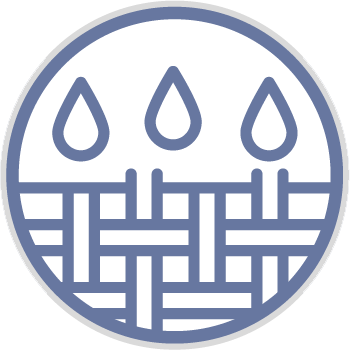
Per la manutenzione generale dei tessuti in poliestere intrecciati e rivestiti, aspirare regolarmente le superfici per rimuovere tutta la polvere e le particelle libere, pulire eventuali aree di sporco o macchie e disinfettare regolarmente.
Per disinfettare, conferma innanzitutto che è sicuro usare la candeggina sul tuo prodotto testando una piccola area in un punto nascosto. Mescolare una soluzione di candeggina e acqua pulita con a rapporto di 1:10. Proteggi e copri la struttura del mobile insieme alle aree circostanti e lavora in un'area ben ventilata con guanti e protezione per gli occhi.
After disinfecting the upholstery, rinse it well multiple times with clean water. Any bleach left on the fabric may degrade or shorten the lifespan of the fabric.
How to Clean Woven & Knit Fabrics

The following list of suggested cleaners can be used to disinfect woven and knit fabrics and prevent the spread of viruses, bacteria, and other contagious illnesses. Note that these cleaning products have not been rigorously tested against all fabric types and styles, so the information that follows should be regarded as general suggestions rather than recommendations. Always test the cleaning solution first on a small, inconspicuous area.
- Spray disinfettante al lisolo
- Salviette a base di perossido (varie marche)
- Salviette imbevute di alcol con o senza disinfettante quaternario (varie marche)
Istruzioni per la disinfezione:
Bagnare leggermente il tessuto e lasciarlo asciugare all'aria. Tieni presente che quando si utilizzano le salviette, se il colore viene trasferito sulla salvietta, il tessuto non resiste al colore del prodotto e queste salviette non devono essere utilizzate. Evitare l'uso di salviette a base di candeggina a meno che il tessuto non sia resistente alla candeggina. Se sconosciuto, presupporre che il tessuto non sia adatto alla candeggina.
Disinfezione negli ambienti sanitari:
La maggior parte dei disinfettanti ospedalieri sono destinati all'uso su superfici dure e generalmente non sono adatti per tessuti o tessuti a maglia. Tuttavia, sono stati effettuati test limitati con i seguenti prodotti per la pulizia e non sembrano influenzare il colore o l'integrità del tessuto. Seguire attentamente le istruzioni riportate sull'etichetta, soprattutto per quanto riguarda la diluizione del disinfettante.
- Virex II 256
- TBC da oxivir
- Salviette germicide in tessuto Super Sani
- Salviette cavicide e cavicide
Instructions for disinfecting in healthcare environments:
Lightly wet the fabric surface and allow it to dry—do not saturate the fabric. If repeated applications are anticipated, rinse with clear water to prevent the buildup of chemical residue on the fabric.
How to Clean Polyurethane Upholstery
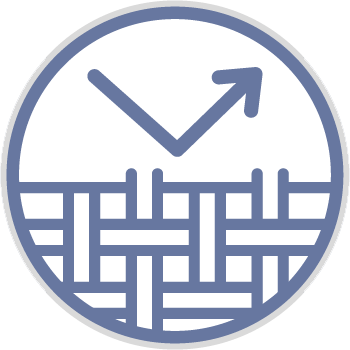
Per la manutenzione generale dei tessuti in poliuretano, aspirare regolarmente le superfici per rimuovere tutta la polvere e le particelle libere, pulire eventuali aree di sporco o macchie e disinfettare.
Tratta le macchie il più rapidamente possibile. Diventerà sempre più difficile rimuovere una macchia più a lungo la lascia riposare. Rimuovere le sostanze solide o semisolide utilizzando un oggetto piatto. Rimuovere la maggior quantità possibile di macchia, quindi aspirare accuratamente utilizzando gli accessori adeguati prima di pulire con un agente.
Pre-test any cleaning method or disinfecting agent in a small, hidden, inconspicuous area to ensure it won’t damage the fabric. We recommend using several less concentrated applications of cleaning solutions rather than one concentrated application because that will be less likely to damage the fabric. You should also protect and cover the furniture framework along with surrounding areas, and work in a well-ventilated area with gloves and eye protection.
Evitare che i liquidi detergenti penetrino nella superficie del tessuto. Rimuovere immediatamente i liquidi tamponando con un panno pulito, assorbente e resistente ai colori.
Rimuovere le macchie utilizzando una spazzola morbida o una spugna, quindi applicare acqua calda e sapone sulla macchia. Do not over-wet as this may leave a ring and soak up any remaining cleaning solution. Usa colpi leggeri e rapidi e inizia dall'esterno della macchia e procedi verso il centro. Evitare di strofinare o strofinare la zona poiché ciò potrebbe danneggiare il tessuto. Utilizzare un panno pulito e acqua fredda per rimuovere eventuali residui.
Allow fabric to dry thoroughly and do not use heat, as that will set the stain into the fabric. As with woven and knit fabrics, rinse well after applying bleach to avoid degrading the fabric.
How to Clean Vinyl (PVC) Upholstery

To disinfect PVC (polyvinyl chloride) vinyl upholstery, we recommend using these EPA-approved solutions which have been shown to sanitize against COVID-19 and other strains of the coronavirus.
- Una soluzione di Candeggina 10% mischiato con 90% acqua pulita
- Panni Super Sani
- Virex™II, 256
Testa sempre qualsiasi metodo o agente di pulizia in un'area piccola, nascosta e poco appariscente per assicurarti che non danneggi il tessuto.
Note that cleaners and disinfectants should be used in recommended dilutions and never in a concentrated form. Make sure to wipe off disinfectants with clean water and then dry the vinyl with a clean towel to remove any chemical residue that could discolor or degrade the material’s surface.
When Upholstery Cleaning Isn’t Enough
If your event chairs have started to show their age and cleaning and disinfecting aren’t doing the trick anymore, perhaps it’s time to upgrade or replace them. Browse MityLite’s catalog of durable sedie per banchetti imbottite.

Upgrade your space with new furniture. Contatto a sales rep today!
